Fort Davis is a very small town with a population of 1200 (2010 Census), and has the highest elevation in the entire state for any Texas county-seat at 5,050 feet above sea level. It’s really known for
- The National Fort Davis Historic Site, which preserves the best remaining examples of old US ARMY Forts from the Southwestern United States. Fort Davis was established in 1854.
- McDonald Observatory, while key scientific discoveries and research occurs at the site, this observatory is one of the few in the world that invites the public to special programs like their Sky Parties.
- Davis Mountains State Park
- Chihuahuan Desert Nature Center & Botanical Garden
While the Dallas / Fort Worth area was skirting with temperatures just shy of 100 degrees Fahrenheit, I escaped in the middle of July to the Davis Mountains in the Southwestern corner of the state of Texas, highs were in the low 80s, and overnights low were briskly cold. The Davis Mountains not only offers some of the most picturesque vistas throughout the entire state of Texas, the cooler temperatures had the land lushly green, which wasn’t something I was expecting to see.
The state park has two bird blinds, which are great for bird watchers, photographers, and the curious. This is where I nabbed this great shot of a Pine Siskin. Plus you can get a special pass for access to the park after dark to make use of the scenic overlook to enjoy some Dark Skies for some star gazing without camping over night there. In my case, rain storms came in during the night and rained out my plans for some night photography, but it’s a great resource I plan to use when I next make a try at night photography. The State Park is within line of sight of McDonald Observatory, if you look very carefully at the vista on the top right and bottom right, the tiny white dots on the top of that mountain in the difference is the Observatory.
In less than 15 minutes you leave the Davis Mountains State Park behind and can find yourself on the fringes of the Chihuahuan Desert, and a Nature Center that showcases the flora and fauna of the region’s desert. This is an important corridor for hummingbird migration, and scientists do tag the birds in their attempts to learn more about them.

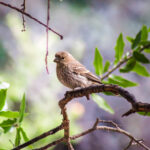
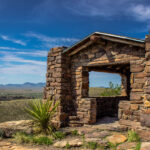
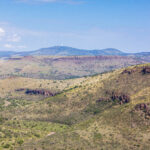

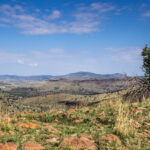
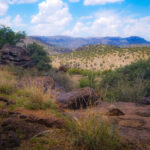

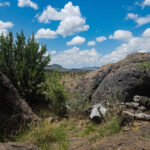

Comments